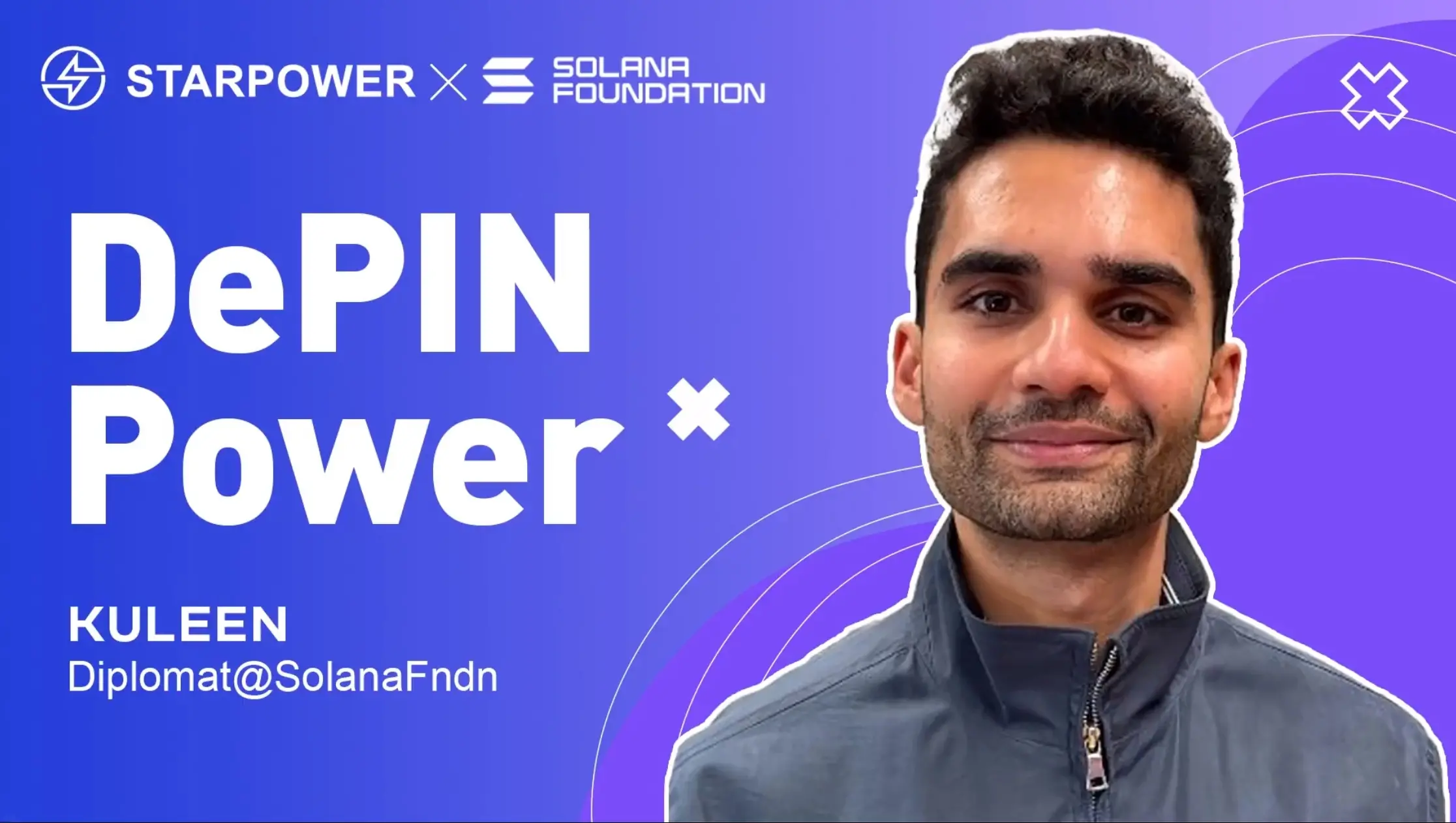The Future of Energy DePIN: Insights from Starpower and Solana Foundation

In a recent podcast episode of DePIN Power, Starpower co-founder Laser engaged in a conversation with Kuleen, the DePIN lead at the Solana Foundation, about the future of energy-focused DePIN projects. Starpower is positioning itself as an open distributed energy network protocol, aiming to connect third-party energy devices and surpass Tesla in device connections within five years. With the mainnet launch expected in the first quarter of next year, Starpower is optimistic about the growth of DePIN in the energy sector, especially as they conduct airdrop activities to build momentum before the launch.
Kuleen expressed excitement about the intersection of DePIN and energy, predicting that energy DePIN will emerge as a significant trend in the coming months. He highlighted the need for a transformation in energy infrastructure due to climate change and increasing energy demands. Kuleen’s experience at the Solana Foundation, where he collaborates with various teams, has allowed him to witness the potential of DePIN in addressing energy challenges. He noted that the decreasing costs of renewable energy sources, particularly solar, make this an opportune time for innovation in the sector.
Both Laser and Kuleen emphasized the importance of community and collaboration within the Solana ecosystem. Kuleen pointed out that the cultural fit, technical advantages, and economic foundation of Solana attract many DePIN projects. As the ecosystem grows, maintaining community interaction and support becomes crucial. With talented founders entering the energy DePIN space, there is optimism that the right conditions are aligning for significant advancements in energy infrastructure, driven by decentralized solutions and innovative technologies.
Related News





